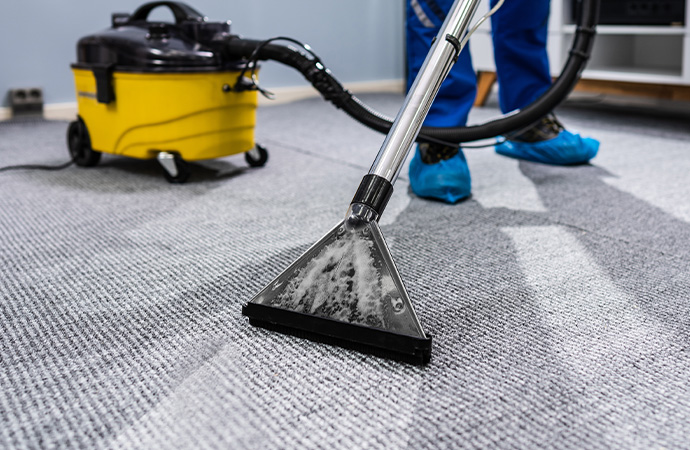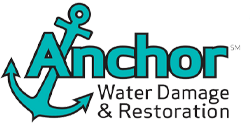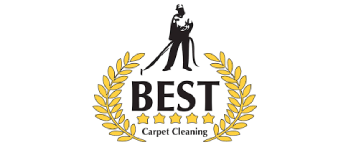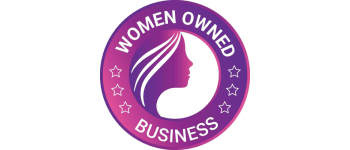A Program for Effective Carpet Maintenance
How this is critical for your carpet maintenance and your bottom line…

Of all the surfaces in a facility, there is perhaps none more difficult to keep clean and maintain, while ensuring a good visual appearance, than carpet.
Carpet is an effective surface for a facility because it provides many benefits, such as reduced noise pollution, improved indoor air quality, and reduced slip-and-fall accidents, as well as reducing the injuries that accompany those accidents.
Developing an effective maintenance plan for your carpet is critical to its appearance and the lifecycle costs it will offer you. Many facilities have an ineffective plan for their carpet maintenance, which is centered on the notion of “cleaning the carpet when it looks soiled.” This is not an effective plan because carpet fibers are actually shaped and designed to hide soil.
When synthetic carpet was introduced to consumers more than 60 years ago, the first generation of fibers was round. The round shape of the fibers actually magnified all of the soil in the pile of the carpet, causing them to look more soiled than they actually were. This created an obvious problem for fiber producers looking to sell their product. In the 2nd generation of fibers, the manufacturers changed the shape so that it would hide soil. Today’s carpet is still manufactured with fibers designed to hide soil.
If your plan to maintain your carpets is to clean when they look soiled, you are cleaning your carpets too late. This causes damage to the fibers due to the abrasive nature of the soils that accumulate in the carpet. As a result of this damage, fibers do not reflect light evenly, the carpet develops traffic lanes that cannot be cleaned, and eventually, the carpet must be replaced to improve the appearance—an expensive consequence.
The solution is to create a program that will lower the lifecycle costs of the carpet by maintaining an acceptable level of appearance, which in turn prolongs the life of the carpeting and maximizes your investment.
Preserving Your Assets
One of the most important items to consider when putting together a program for maintaining your carpets is your true cost, or what is referred to as the lifecycle cost, of the flooring. This is your cost to purchase, install, maintain, and dispose of your flooring. Many times the cost of purchasing and installing the carpet is divorced from the cost to maintain it because of a separation between departments. What facilities fail to realize is that most of them have invested hundreds of thousands of dollars, if not millions, in their flooring, so maintenance of that flooring is not just about cleaning; it is about managing an expensive asset.
In 1994, a large national insurance company was replacing approximately 30 million square feet of carpeting every six years. A newly hired facilities manager introduced a radical idea: double the investment per square foot for cleaning and maintenance, change the processes for maintaining the carpet, and combine the costs of maintenance with the cost of purchasing the carpet to help understand the lifecycle costs.
Throughout a 20-year period, the company learned that by changing its processes and investing more in maintenance per square foot, its carpet was now lasting 12 years and the company had lowered its lifecycle cost by 22 percent (see Figure A). This was only achieved because they understood that they had invested significant money into the carpeting as well as the maintenance of the carpeting, and they considered those as one figure.
The Carpet Program Process
Start your program by focusing on the processes that you currently use, because unless you address how you clean, you will not achieve the desired results.
There are two processes that impact the life and the appearance of your carpets the most: the maintenance of exterior areas and vacuuming. Focusing on these processes addresses the dry soils that are so damaging to carpet fibers, yet many facilities do not have effective matting, sweeping, or vacuuming programs.
Overall, there are four processes that must be in place to maximize the lifecycle of your carpeting and achieve the lowest lifecycle cost. The processes that must be part of a comprehensive program are:
- Preventive maintenance: stopping soils before they enter your facility.
- Daily maintenance: removing soils that enter your facility so that the damage they cause is reduced.
- Interim maintenance: maintaining the appearance of your carpet through the use of low-moisture and low-chemical use methods that promote faster dry times and return carpet back to use quickly.
- Restorative maintenance: deep cleaning the carpet to remove deeply embedded soils and create a healthier environment.








